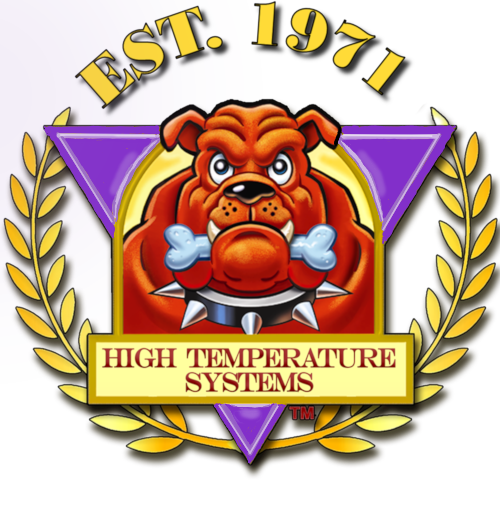Quantitative Measurements and Characterization: The Key to Optimal Reverberatory Aluminum Melting Furnace Design
Designing an efficient reverberatory aluminum melting furnace is a complex undertaking. It requires careful consideration of various factors that directly affect its performance, energy consumption, and ultimately, your return on investment (ROI). Among these factors, the circulation pump’s sizing, placement, and control play a crucial role. Let’s explore how quantitative measurements and characterization lead to informed decisions in these areas, ensuring optimal furnace system design.
The Impact of Circulation Pump Sizing, Placement, and Control
Pump Sizing:
Explanation: The pump’s size directly influences the flow rate of molten aluminum within the furnace, and thus, the turnover rate. An undersized pump may lead to inadequate circulation, resulting in uneven heat distribution, localized hot spots, and potential damage to the furnace lining. On the other hand, an oversized pump can cause excessive turbulence, increased energy consumption, and unnecessary wear and tear on the pump itself.
Impact on Performance & ROI: Accurate pump sizing, based on quantitative measurements of the furnace’s dimensions, desired turnover, and aluminum alloy properties, ensures optimal circulation and heat transfer. This leads to improved melting efficiency, reduced energy consumption, and prolonged furnace life, ultimately maximizing your ROI.
Pump Placement:
Explanation: The strategic placement of the circulation pump significantly affects the flow pattern and heat distribution within the furnace. Incorrect placement can create stagnant zones, leading to uneven melting, increased dross formation, and reduced metal quality.
Impact on Performance & ROI: Careful pump placement, guided by computational fluid dynamics (CFD) simulations and experimental validation, ensures uniform circulation and efficient heat transfer throughout the furnace. This minimizes dross formation, improves metal quality, and increases productivity, contributing to a higher ROI.
Pump Control:
Explanation: Effective pump control allows for adjusting the flow rate based on varying operating conditions and production demands. It enables you to optimize energy consumption, maintain consistent metal temperature, and respond quickly to changes in the furnace environment.
Impact on Performance & ROI: Implementing advanced pump control strategies, such as variable frequency drives (VFDs) and intelligent control algorithms, provides greater flexibility and adaptability in furnace operation. This results in improved energy efficiency, reduced operating costs, and increased overall ROI.
The Role of Quantitative Measurements and Characterization
Accurate Data Collection: Quantitative measurements of various parameters, such as furnace dimensions, aluminum alloy properties, desired flow rates to meet turnover requirements, and temperature profiles, provide the foundation for informed decision-making in pump sizing, placement, and control.
Computational Fluid Dynamics (CFD): CFD simulations help visualize and predict the flow patterns and heat distribution within the furnace under different pump configurations. This enables you to evaluate the impact of pump placement and sizing on furnace performance before making any physical modifications.
Experimental Validation: Experimental validation of CFD simulations and theoretical calculations ensures the accuracy and reliability of the design choices. It helps identify any discrepancies and allows for fine-tuning the pump configuration for optimal performance.
Conclusion
Quantitative measurements and characterization play a pivotal role in achieving optimal reverberatory aluminum melting furnace system design. By carefully considering pump sizing, placement, and control, and leveraging the power of quantitative data and advanced simulation tools, you can significantly improve furnace performance, energy efficiency, and ultimately, your ROI.
